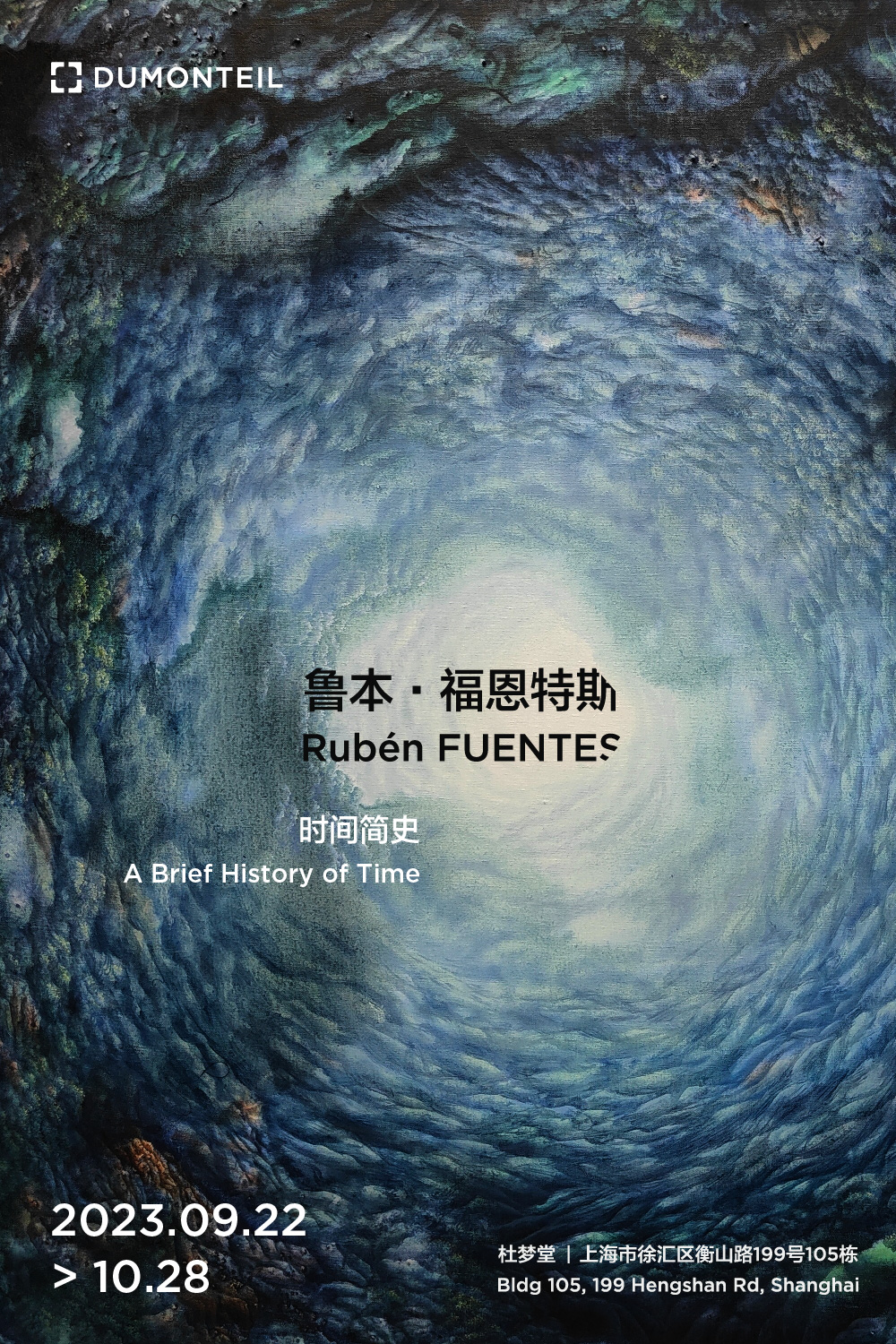With the frequent natural disasters and the dropping of biodiversity, we are more than ever aware of the artist’s concern about this planet. In "A Brief History of Time IV", Fuentes pointed out how human-related climate change has affected the regulation of the seasons and, ultimately, our own survival through his evocation of the summer season in Spain: large expanses of dry grasses moved by the wind. Among these plants are rice, oats, barley, rye and wheat. They support the continuation of many civilisations on earth. Currently, with the great drought that plagues many ecosystems due to the breakdown of the water cycle, crops are at high risk.
